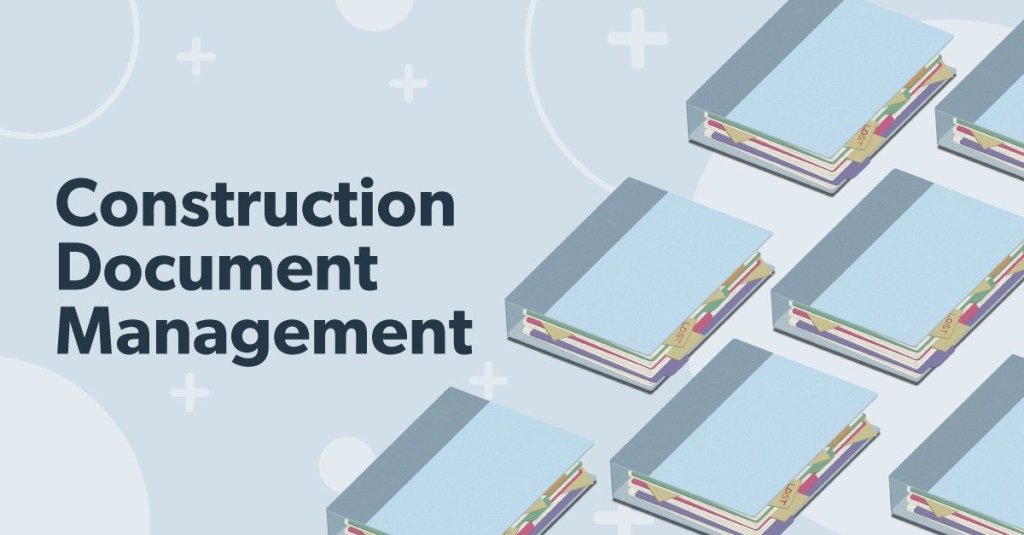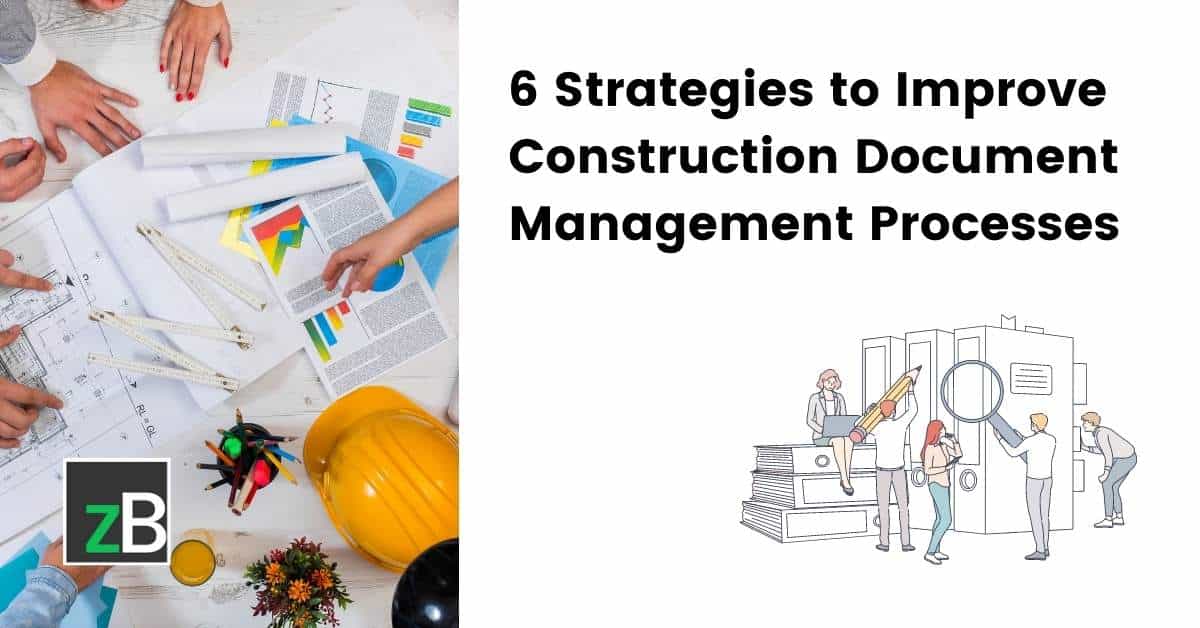Protect Your Success: Construction Document Management Techniques for Professionals
Protect Your Success: Construction Document Management Techniques for Professionals
Blog Article
Optimizing Task Collaboration: Designer's Best Practices in Building And Construction Paper Management
In the detailed realm of architectural jobs, the efficient management of building and construction papers stands as a keystone for success. Architects, with their careful attention to information and ingenious design solutions, are charged with managing a symphony of timelines, stakeholders, and sources. Amidst this intricacy lies a vital concern: how can designers improve partnership procedures to improve project end results? By exploring crucial strategies such as leveraging cloud-based systems, developing robust interaction methods, and guaranteeing information security, designers can raise their document management methods to brand-new elevations.
Leveraging Cloud-Based Platforms
Leveraging cloud-based systems is an essential approach for modern designers in optimizing building and construction record monitoring processes. By transitioning from conventional paper-based systems to shadow solutions, designers can simplify cooperation, boost record availability, and enhance total project efficiency. Cloud-based systems supply engineers the capacity to store, share, and upgrade building and construction documents in real-time, making sure that all employee have accessibility to the most existing info despite their location. This accessibility advertises smooth communication and coordination among task stakeholders, leading to less mistakes and delays in the building process.
Furthermore, cloud-based platforms provide a safe setting for keeping delicate project information, using encryption, normal backups, and user authorization setups to shield information honesty. Architects can also profit from the scalability of cloud solutions, allowing them to change storage ability and performance based on project needs. In general, leveraging cloud-based systems empowers engineers to maximize their building and construction file management procedures, driving greater collaboration, effectiveness, and success in their projects.
Carrying Out Version Control Systems
Having actually developed the advantages of cloud-based platforms in construction file monitoring, architects can currently improve their file control procedures by implementing Variation Control Systems. Version Control Equipment (VCS) are essential devices that track changes in records, guaranteeing that staff member are constantly collaborating with the most recent and most exact information. By applying VCS, designers can preserve a central repository where all project documents are kept, enabling smooth collaboration while lessening the danger of errors and variation conflicts.
This feature is especially valuable in building jobs where design iterations and adjustments are usual. This transparency not only enhances responsibility yet also helps in fixing disputes or discrepancies that might occur during the job lifecycle.
Developing Interaction Procedures
To make sure reliable and efficient job sychronisation, designers have to develop clear and robust communication procedures within their building and construction paper management procedures. Communication protocols specify the approaches, regularity, and channels whereby group participants exchange information, updates, and feedback. One necessary element of developing these procedures is determining a central interaction system where all project-related discussions and document sharing can occur. This platform might be a task management software program, e-mail threads, or cloud-based storage space services. By establishing standards on exactly how information is disseminated and just how staff member connect with each other, designers can simplify the circulation of data and protect against miscommunications or delays in the building procedure.
Moreover, communication protocols must also consist of guidelines on exactly how to deal with conflicts, change orders, and immediate concerns that might arise throughout the project lifecycle. Establishing an organized approach to communication makes sure that all stakeholders get on the very same page, advertises openness, and eventually contributes to the effective completion of the construction job.
Making Use Of BIM Software for Sychronisation
BIM software plays an essential role in boosting sychronisation amongst job employee in the building industry. Structure Info Modeling (BIM) assists in cooperation by giving a centralized system where engineers, engineers, contractors, and other stakeholders can interact in a worked with fashion. With BIM software application, job individuals can access and update a shared model that contains detailed information regarding the structure layout, construction parts, pop over to this site and task routines.

Moreover, BIM software enables real-time cooperation and communication among staff member, despite their physical place. With cloud-based BIM platforms, project stakeholders can access the latest project information, track modifications, and make informed decisions without delay. On the whole, leveraging BIM software for coordination enhances job efficiency, productivity, and eventually results in successful project outcomes.
Ensuring Data Safety And Security and Conformity
In the realm of building and construction file monitoring, guarding information stability and making sure governing compliance are critical factors to consider for designers and other job stakeholders. Architects have to implement durable safety and security procedures to protect delicate job info from unauthorized access or breaches.

Verdict
In verdict, architects can optimize project partnership in construction file monitoring by leveraging cloud-based systems, implementing version control systems, establishing interaction procedures, using BIM software for control, and guaranteeing information security and conformity. These finest methods assist simplify the construction process, boost communication amongst task stakeholders, and boost performance in job shipment. By following these standards, architects can successfully handle construction files and facilitate successful job end click here to read results.
With BIM software, task participants can access and update a shared model that includes you can check here comprehensive details concerning the building design, construction elements, and project timetables.
With cloud-based BIM platforms, job stakeholders can access the latest project information, track changes, and make informed choices quickly - construction document management. Overall, leveraging BIM software application for coordination enhances task performance, efficiency, and ultimately leads to effective project end results
In verdict, designers can optimize project partnership in construction record administration by leveraging cloud-based systems, carrying out version control systems, establishing communication methods, using BIM software for sychronisation, and ensuring information protection and conformity. These finest practices help improve the building and construction process, enhance interaction amongst task stakeholders, and boost performance in task shipment.
Report this page